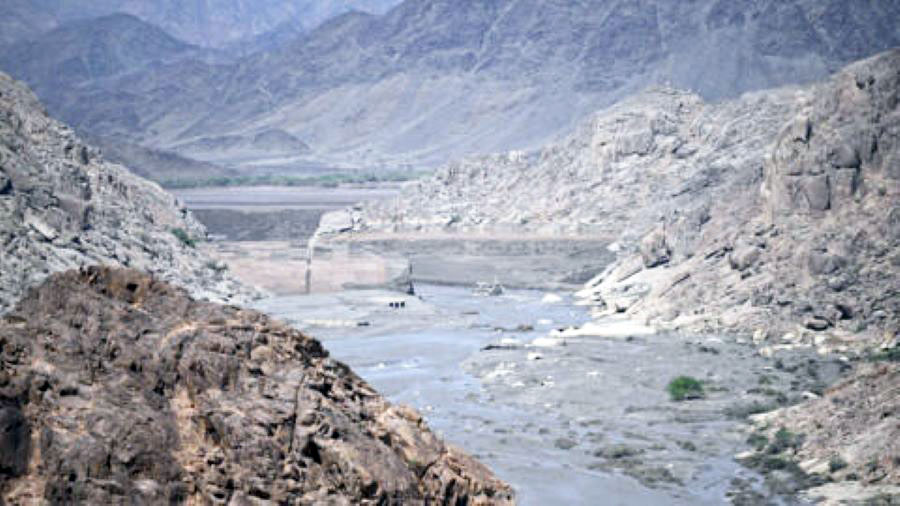
Port Sudan Faces Water Crisis Following the Collapse of Arbaat Dam
Moatinoon
The Sudanese Environmentalists Association has warned of a severe water shortage that Port Sudan is likely to face in the coming period after the collapse of the city’s main water source.
Arbaat Dam, with a capacity of 25 million cubic meters, serves as the primary water supply for Port Sudan, located 40 kilometers to the north.
Heavy rains on Saturday led to the collapse of the dam, causing devastating floods that destroyed infrastructure, submerged entire villages, and cut off roads leading to surrounding areas.
The United Nations reported that around 50,000 people were affected by the floods west of the dam, while the impact east of the dam remains unknown due to the difficulty of accessing the area.
Port Sudan, currently the de facto capital, hosts the government, diplomats, and humanitarian agencies that support hundreds of thousands of people displaced by the civil war.
Officials stated that the dam began to fail due to sediment buildup after days of heavy rain, which arrived earlier than usual this season, triggering the floods.
These floods have exacerbated pressure on the countrys deteriorating infrastructure, which had already been in poor condition before the outbreak of war in April 2023 between the Sudanese army and the Rapid Support Forces, leading to what the United Nations has described as the world’s worst humanitarian crisis.
The warring parties have diverted resources to the conflict, leaving infrastructure neglected.
Last week, the United Nations Office for the Coordination of Humanitarian Affairs (OCHA) estimated that 317,000 people have been affected by floods since June across 16 of Sudan’s 18 states.
Additionally, the World Health Organization has reported cases of cholera linked to the floods.

